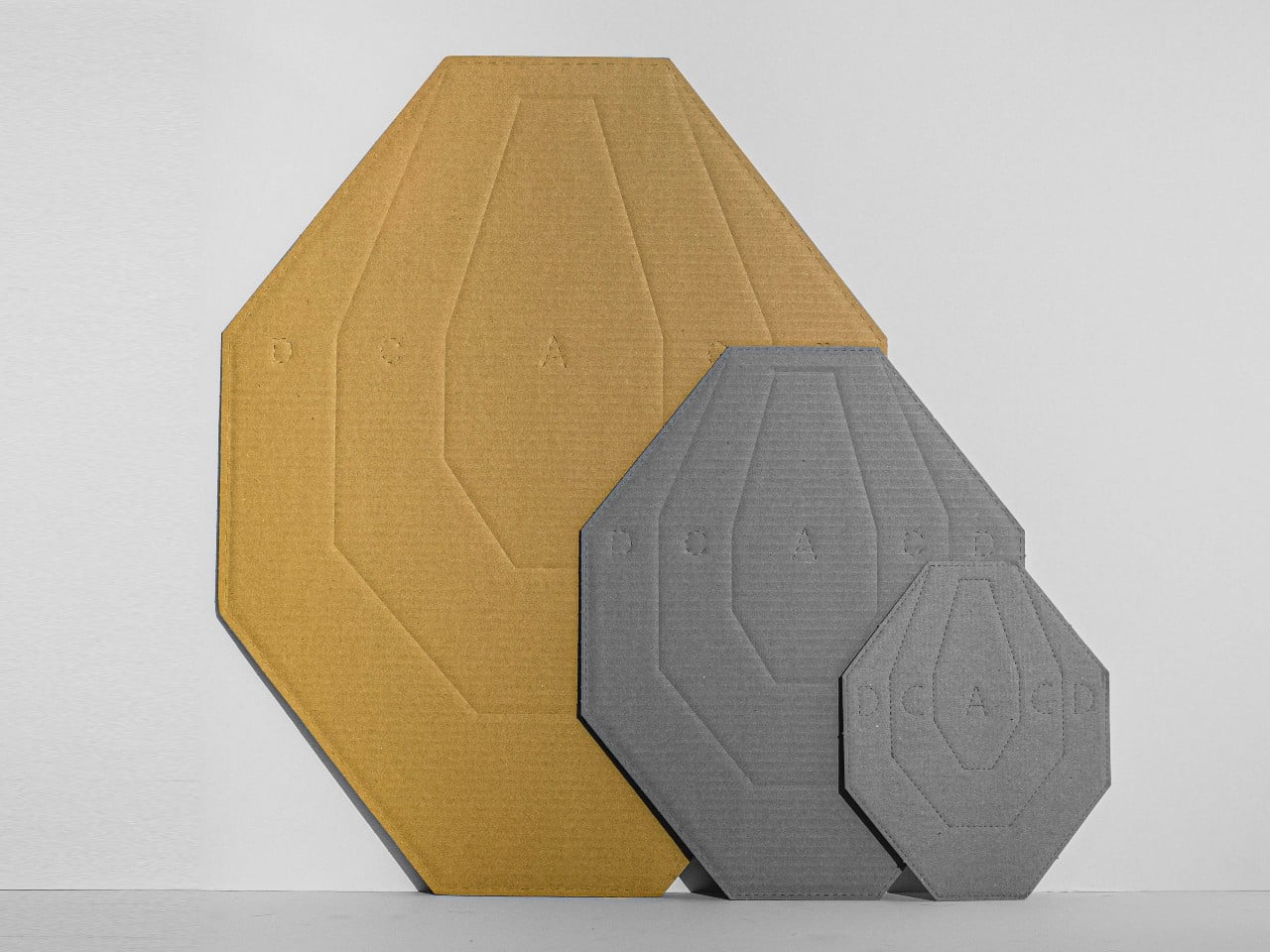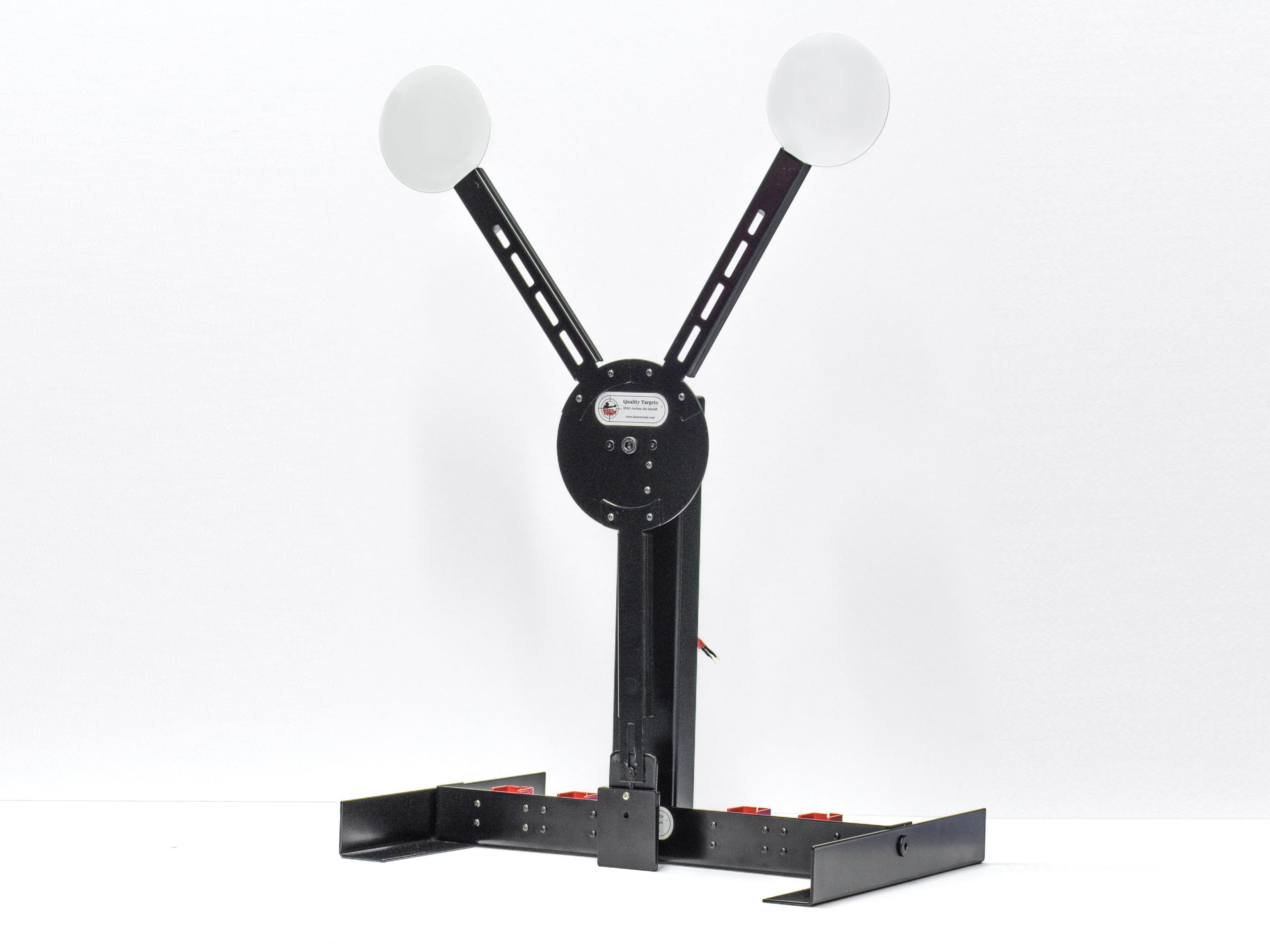Introduction
In the world of IPSC (Global Practical Shooting Confederation) competition, the role of targets can not be undervalued. They play a crucial part in identifying the success or failure of a shooter's performance. But have you ever questioned what makes sure IPSC competition targets more effective than others? What is the psychology behind producing targets that not just challenge shooters but also improve their skills? In this post, we will explore the complexities of the psychology behind successful IPSC competition targets and explore how they can impact a shooter's performance.
The Significance of IPSC Targets
IPSC is a requiring sport that requires accuracy, speed, and accuracy. It challenges shooters to engage with dynamic circumstances that imitate real-life situations. The targets utilized in IPSC competitions are developed to mimic prospective hazards or challenges that shooters may experience in real-world situations. These targets are not simply static objects; they are interactive and need shooters to make split-second decisions.
The psychology behind effective IPSC competitors targets depends on their ability to stimulate specific actions from shooters. These responses can range from target acquisition and identification to decision-making and shot positioning. Each aspect plays a significant role in identifying a shooter's success throughout an IPSC competition.
Understanding the Shooter's Perspective
To develop successful IPSC competitors targets, it is essential to comprehend the mental factors that influence a shooter's performance. By comprehending these aspects, target designers can produce difficulties that push shooters to carry out at their best.
Mental Focus and Response Time
One of the essential mental factors in shooting sports is mental focus. Maintaining focus amidst diversions is important for success in IPSC competitions. Targets that require quick responses require shooters to stay mentally sharp and make split-second choices under pressure.
Decision-Making Under Stress
IPSC competitions typically involve high-stress scenarios where shooters need to make crucial choices quickly. Effective targets need to reproduce these scenarios and obstacle shooters to think and react rapidly. By developing targets that replicate real-world scenarios, shooters can practice decision-making under tension and improve their general performance.
Visual Understanding and Target Acquisition
The ability to quickly get targets is another important element of successful IPSC competitors targets. Shooters should be able to determine and engage targets precisely and effectively. Targets that are created to evaluate visual perception and target acquisition abilities can help shooters establish these important abilities.
The Role of IPSC Action Air Targets
IPSC Action Air is a version of IPSC competitions that utilizes airsoft weapons rather of conventional guns. While the main focus is on enjoyable and training, the psychology behind successful IPSC Action Air targets remains the same. These targets should challenge shooters mentally, physically, and emotionally.
Mental Challenges
Successful IPSC Action Air targets need to provide mental challenges that require fast decision-making and problem-solving abilities. By including components such as multiple target engagements, hostage scenarios, or shoot/no-shoot situations, these targets push shooters to believe under pressure.
Physical Challenges
IPSC Action Air targets must likewise provide physical obstacles that test a shooter's agility, speed, and accuracy. Targets that need shooters to move while engaging or engage from non-traditional shooting positions can boost a shooter's physical abilities.
Emotional Engagement
Emotional engagement is a crucial element of effective IPSC Action Air targets. By imitating real-life situations that stimulate feelings such as worry, tension, or excitement, these targets produce a more immersive experience for shooters. This emotional engagement can contribute to better psychological preparation for real-world shooting situations.
IPSC Gear and Equipment for Effective Competition
While the psychology behind successful IPSC competition targets is crucial, the equipment and devices utilized by shooters likewise play a substantial role in their performance. Let's check out some important equipment and equipment that can boost a shooter's success in IPSC competitions.
IPSC Premium Targets
Using top quality IPSC premium targets can substantially impact ipsc targets for European competitions a shooter's efficiency. These targets are designed to stand up to repeated hits and offer clear visual feedback when shot. Their toughness guarantees that shooters can practice thoroughly without worrying about target damage.
IPSC Range Equipment
The variety devices utilized in IPSC competitors is equally crucial for success. From shooting bays and barriers to props and cover, the variety devices ought to reproduce real-life scenarios as carefully as possible. This enables shooters to practice in an environment that closely resembles the difficulties they may face in real situations.
IPSC Variety Targets
IPSC range targets ought to provide a range of obstacles for shooters. Various shapes, sizes, and engagement distances can evaluate a shooter's accuracy, accuracy, and decision-making skills. By using a varied range of targets, shooters can establish a well-rounded capability that equates into success during competitions.
FAQs
Q: What makes IPSC competition targets successful?- A: Successful IPSC competitors targets challenge shooters psychologically, physically, and emotionally. They need fast decision-making, analytical skills, and need agility, speed, and precision from shooters.
- A: While both kinds of targets aim to challenge shooters, IPSC Action Air targets use airsoft weapons instead of traditional guns. They present mental challenges, physical difficulties, and create psychological engagement for an immersive shooting experience.
- A: Mental focus is crucial in IPSC competitors since it allows shooters to preserve concentration in the middle of diversions. It allows them to make split-second choices precisely and efficiently.
- A: Visual understanding plays a considerable function in effective IPSC competitors targets as it enables shooters to rapidly get and engage targets. Targets that check visual understanding abilities help shooters establish this essential ability.
- A: IPSC equipment and equipment, such as superior targets, range equipment, and range targets, add to a shooter's success by providing resilience, reproducing real-life scenarios, and using a varied set of obstacles for ability development.
- A: Emotional engagement is necessary in IPSC Action Air targets as it imitates real-life scenarios and stimulates feelings such as worry, stress, or enjoyment. This boosts mental preparation for actual shooting situations.
Conclusion
The psychology behind effective IPSC competition targets surpasses simple aesthetic appeals or performance. These targets are thoroughly developed to challenge shooters psychologically, physically, and mentally. By understanding the mental factors that influence a shooter's performance, target designers can create difficulties that press shooters to reach their full capacity. Additionally, the gear and equipment used by shooters play an important role in their success throughout IPSC competitions. By integrating top quality targets, variety equipment, and variety targets, shooters can boost their skills and enhance their general efficiency. So the next time you step on the IPSC range, bear in mind that the psychology behind successful competition targets is an important part of your journey towards becoming a successful IPSC competitor.

